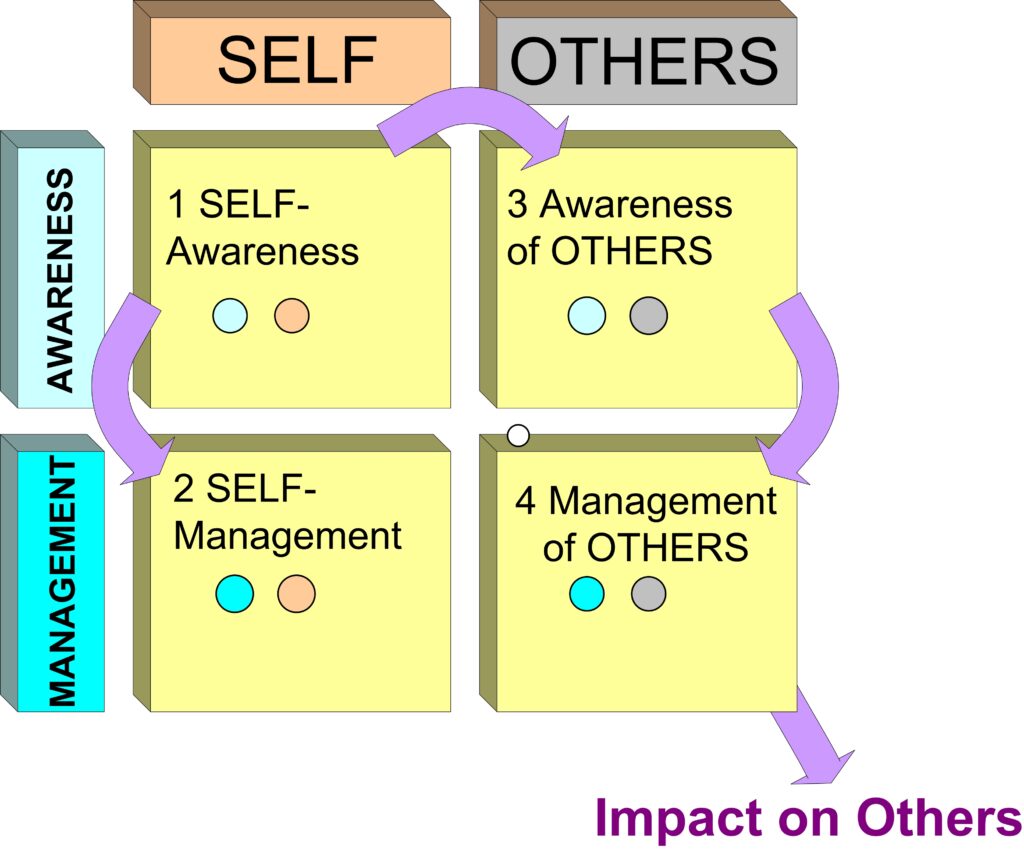
Senior executive failure[1] is often due to poor sleep. Other factors include anxiety, low self-confidence, low energy-levels and poor diet. In this paper, let’s address the very common issues of sleep which affect many executives, whether they have the stress of a new job or not!
Lack of sleep leads to poorer decisions. Our ability to pay good attention to others is poor when we are very tired. We may miss valuable information too, but the quality of our relationships may be damaged! Surely, we want to hear others and make better decisions? If so, let’s give sleep some attention and change up!
First, let’s revalue the importance of sleep to the level of ‘work importance’. Ranking sleep value to this level should ensure that we follow-through and make behavioral change and make a positive difference to our daily enjoyment and efficiency.
Continue reading Sleep for Performance




